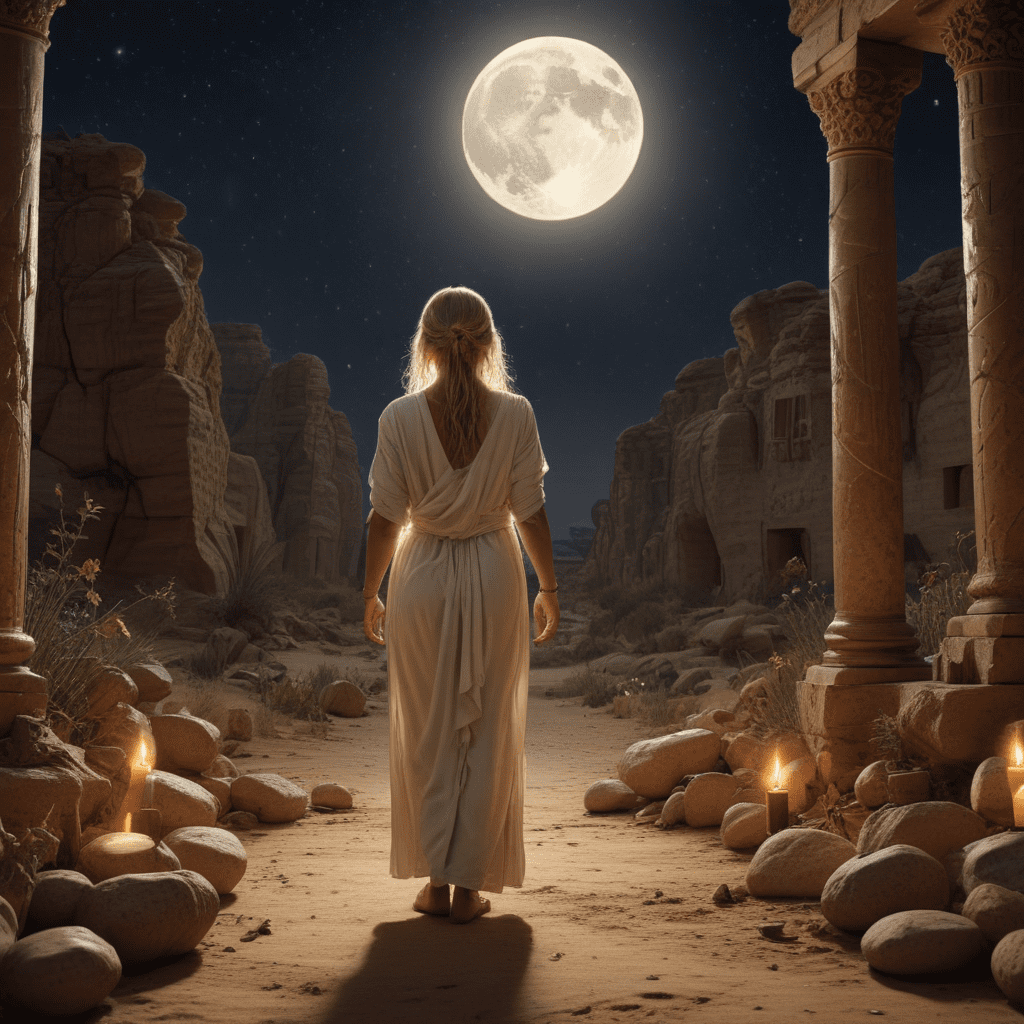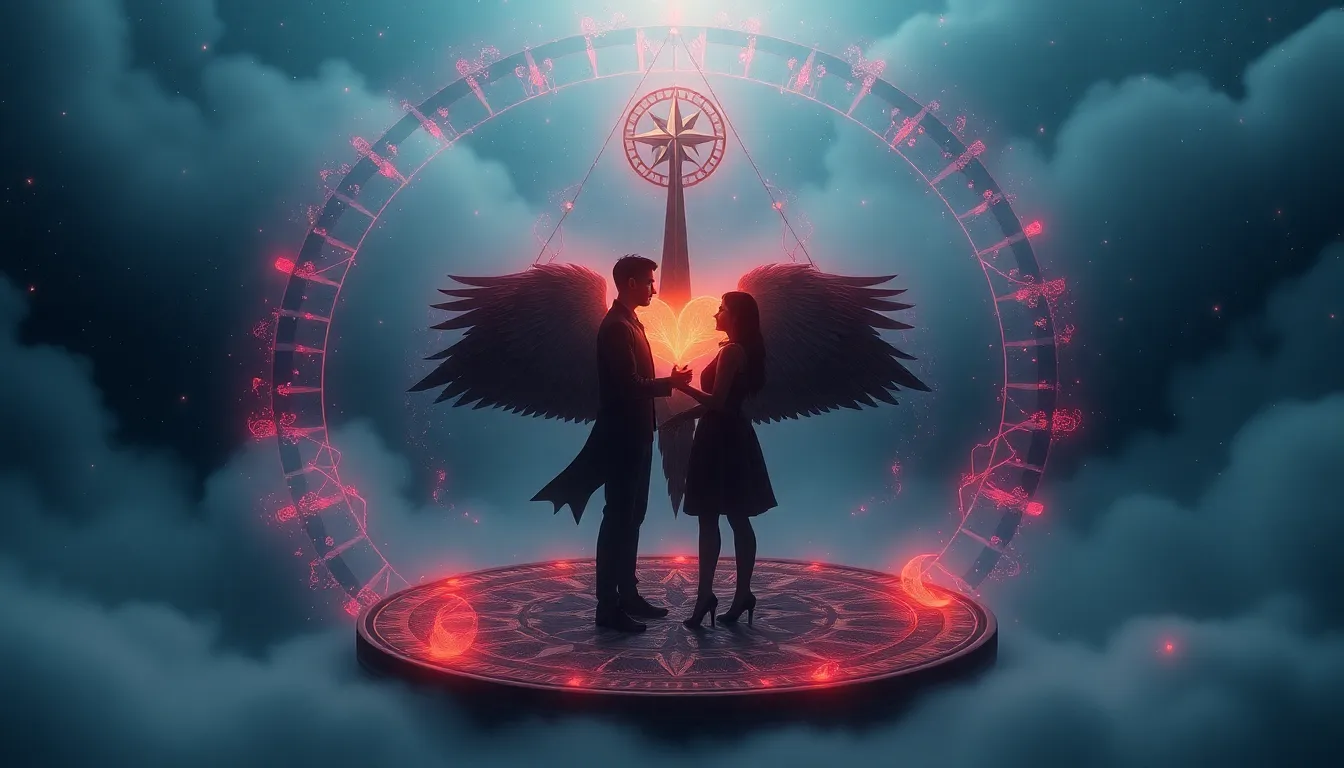Maori Mythology: A Tapestry of Creation and Ancestry
Maori mythology is a rich and complex tapestry of stories, beliefs, and traditions that have been passed down through generations. It's a fascinating world filled with gods, ancestors, and mythical creatures that offer insights into the values, beliefs, and worldview of the Maori people.
The foundation of Maori mythology lies in its creation myths. These stories provide explanations for the origins of the universe, the Earth, and the Maori people themselves. They are central to understanding Maori culture and serve as a powerful reminder of their connection to the natural world and their ancestors.
Maori mythology encompasses a vast array of stories about love, war, courage, trickery, and the interplay between humans and the supernatural. These myths are not just entertaining tales but also serve a vital purpose in teaching moral and ethical lessons, preserving history and genealogy, and connecting individuals to their cultural identity.
The Importance of Storytelling in Maori Culture
Storytelling, or kōrero, occupies a central place in Maori culture. It’s not just about entertainment; it’s a powerful tool for transmitting knowledge, values, and beliefs. These stories help to connect generations, fostering a sense of shared history and cultural identity.
Maori storytelling is often characterized by its vibrant use of language, rich imagery, and dramatic elements. These narratives are often told in a highly engaging and captivating manner, drawing listeners into the world of the story and making them feel a sense of connection to the characters and events.
The stories are not simply told as entertainment; they serve as a form of education, teaching about the natural world, the history of the ancestors, and the values of the Maori people. These stories are woven into the very fabric of Maori society, influencing everything from social behavior and family relationships to environmental practices and religious rituals.
The Role of Ancestors and Gods in Maori Mythology
Maori mythology is populated by a wide array of deities and ancestral figures, each with their unique powers, attributes, and roles. These figures are integral to the stories, shaping the world and influencing the lives of humans.
The supreme god, Rangi, the sky father, and Papa, the earth mother, play a central role in creation myths. Their descendants – the gods of the winds, the seas, the forests, and the mountains – are responsible for the natural world and its inhabitants.
Maori mythology also features a variety of ancestral figures, known as tupuna. These ancestors are believed to have shaped the land and guided the Maori people. They are often revered as powerful beings, and their stories serve as a source of inspiration and guidance.
The Influence of Creation Myths on Traditional Storytelling
Maori creation myths are the foundation of their worldview and deeply influence their traditional storytelling. They provide a framework for understanding the relationship between humans and the natural world, as well as the origins of life and the universe.
The stories of Rangi and Papa, the sky father and earth mother, offer a powerful metaphor for the relationship between humanity and nature. Their separation, orchestrated by their children, represents the separation of the natural world, paving the way for the development of the human world.
Creation myths also highlight the importance of lineage and ancestry, emphasizing the interconnectedness of all living beings. They serve as a reminder that humans are part of a larger cosmic order, connected to the Earth and the ancestors.
The Importance of Place and Landscape in Maori Myths
Maori mythology is profoundly influenced by the landscape of Aotearoa (New Zealand). Stories are often set in specific places, with features of the landscape playing an important role in the narrative. The land itself is imbued with spiritual significance and is viewed as a living entity, connected to the ancestors, gods, and the natural world.
Mountains, rivers, lakes, and forests are not just geographical features; they are also sacred sites, imbued with spiritual meaning and associated with particular deities or ancestral figures. These places are often the setting for myths, and they serve as a reminder of the connection between humans and the land.
The importance of place in Maori mythology also underscores the concept of whenua (land). It’s not just physical territory; it’s a concept that encompasses the spiritual and ancestral connections to the land. This deep connection to place influences how Maori people view their relationship to the environment, fostering a sense of responsibility and stewardship.
The Use of Metaphors and Symbolism in Maori Storytelling
Maori storytelling is rich in metaphors and symbolism, adding layers of meaning and depth to their narratives. This use of symbolism reflects Maori understanding of the world, where everything holds a deeper significance, intertwining the physical and the spiritual.
One of the most prominent symbols in Maori mythology is the taniwha, a mythical water creature that embodies the power and unpredictability of nature. Taniwha stories often illustrate the importance of respect for the natural world and the consequences of disrupting its balance.
The koru (spiral) is another powerful symbol in Maori culture, representing new beginnings, growth, and the cyclical nature of life. It’s often depicted in art and carvings, representing the continuous flow of energy and the interconnectedness of all things.
Maori storytelling also uses personification, giving human qualities to inanimate objects and animals. This technique helps to emphasize the spiritual connection between humans and the environment, highlighting the importance of respecting and caring for all living things.
The Role of Oral Tradition in Preserving Maori Myths
Oral tradition has been a vital part of preserving Maori mythology for centuries. Before the arrival of Europeans, stories were passed down through generations, ensuring the continuity of their cultural heritage.
Kōrero (storytelling) was a key part of Maori society. Gatherings often involved sharing stories, ensuring that myths, legends, and ancestral knowledge were passed down from one generation to the next.
The oral tradition also allowed for the stories to evolve and adapt over time, reflecting changing social circumstances and understanding. The stories were not static but rather fluid, evolving with the needs and perspectives of each generation.
The Influence of Maori Myths on Contemporary Storytelling
The rich tapestry of Maori mythology continues to influence contemporary storytelling in Aotearoa. These stories provide a source of inspiration for writers, filmmakers, and artists, who draw on their themes and characters to create new and innovative works.
Maori myths have also been adapted for modern audiences, with many being retold in contemporary settings and using modern storytelling techniques. These adaptations ensure the stories remain relevant and accessible to younger generations while maintaining their cultural significance.
Contemporary Maori writers have also been exploring the themes of colonization and cultural identity through the lens of their traditional stories. These works often use mythology to explore the complexities of Maori experience in a modern world, drawing connections between the past and the present.
Theories on the Development of Maori Mythology
There are various theories about the origins and development of Maori mythology. One theory suggests that the stories evolved over many centuries, influenced by the natural environment, the migration of the Maori people, and their interactions with other cultures.
Another theory proposes that Maori mythology is rooted in ancient Polynesian beliefs and traditions that were brought to Aotearoa by their ancestors. These traditions likely evolved and adapted as the Maori people settled in the new land, influenced by the unique characteristics of the environment and their experiences.
Regardless of their origins, Maori myths offer a fascinating insight into the worldview and cultural values of the Maori people. The stories offer a valuable lens through which to understand their history, their beliefs, and their enduring connection to the land.
The Impact of Colonization on Maori Storytelling Traditions
The arrival of Europeans in Aotearoa had a profound impact on Maori culture, including their storytelling tradition. Colonial practices, such as the imposition of the English language and the suppression of Maori language and culture, threatened to erode the oral traditions that had been a cornerstone of Maori society.
In the 20th century, there was a concerted effort to revitalize Maori language and culture. This revival included a renewed focus on preserving and sharing traditional storytelling and ensuring that future generations could access and understand their rich cultural heritage.
Today, Maori storytelling continues to thrive, with a new generation of storytellers keeping the tradition alive through books, films, theatre, and other forms of contemporary media. The stories continue to evolve and adapt, reflecting the changing needs and experiences of the Maori people in a modern world.
FAQ
- What are some of the most famous Maori myths?
Some of the best-known Maori myths include the stories of Maui, the trickster god who fished up the North Island of New Zealand, and Tane, the god of forests and birds who separated the sky from the earth. - How are Maori myths passed down?
Maori myths were traditionally passed down through oral tradition, with stories being told and retold through generations. Today, these stories are also preserved in books, films, and other forms of media. - Why are Maori myths important?
Maori myths offer a valuable insight into the worldview, beliefs, and traditions of the Maori people. These stories teach valuable lessons about life, nature, and the relationships between humans and the spiritual world.


